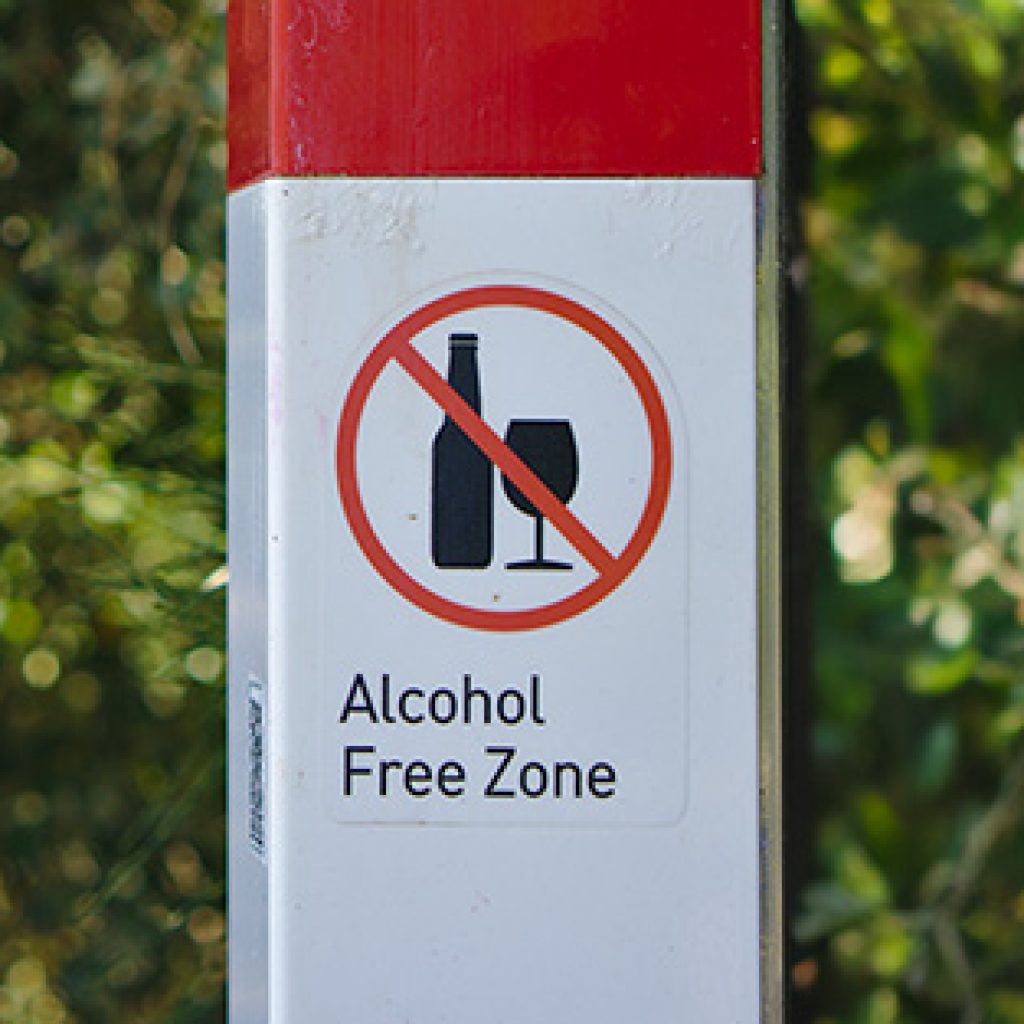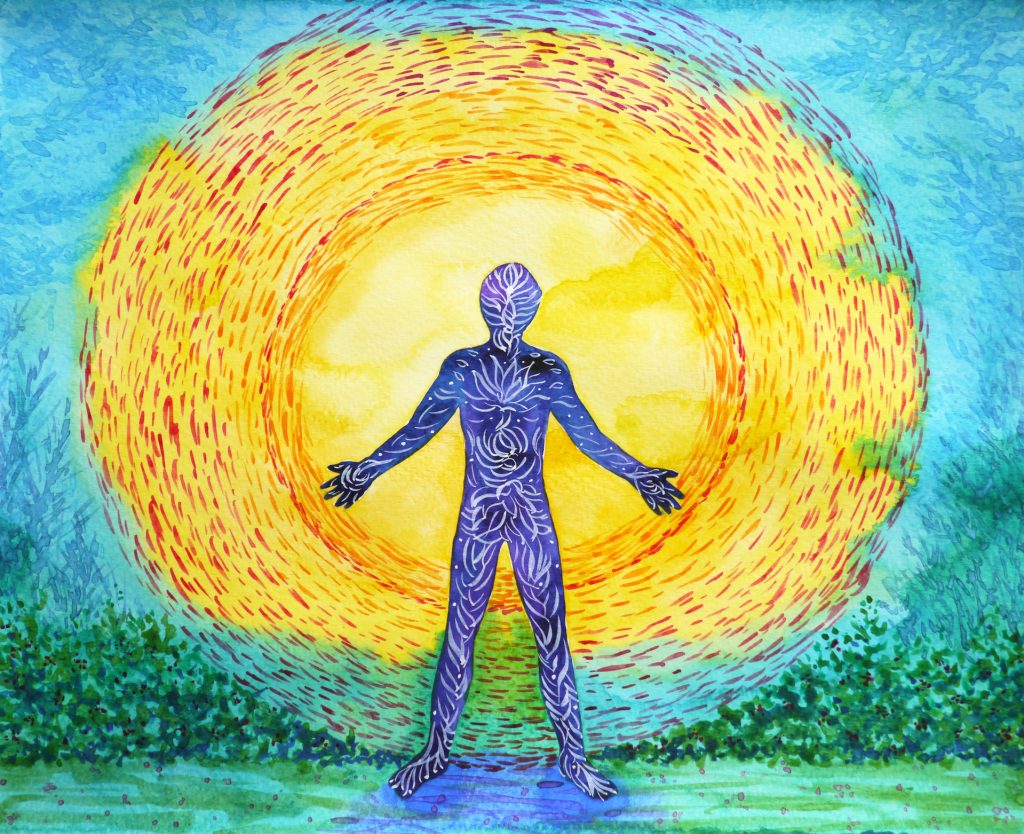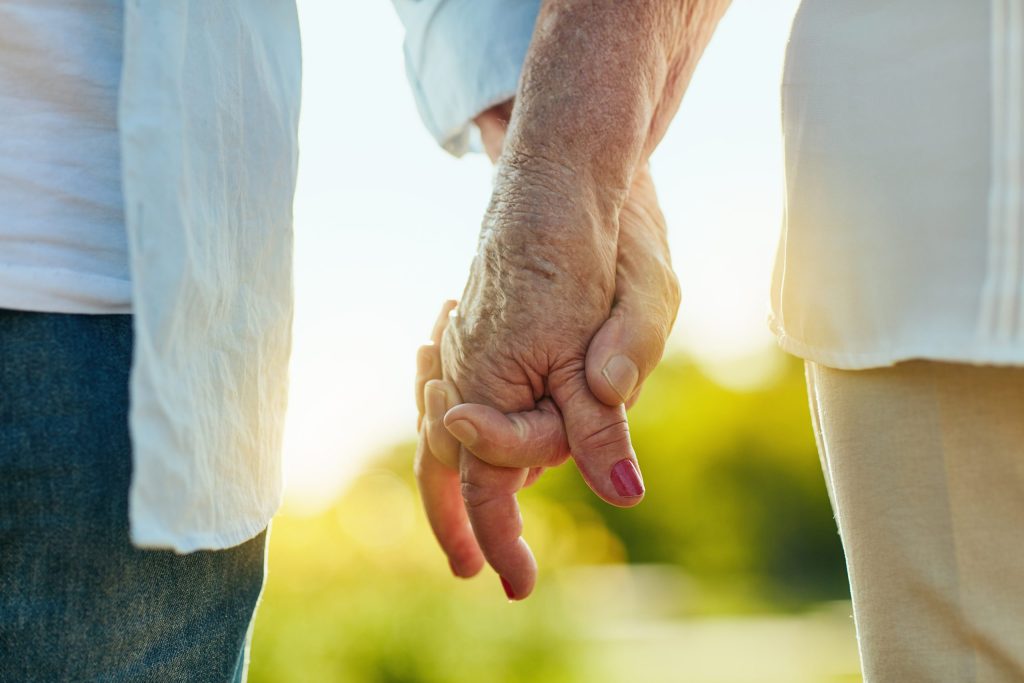7 Benefits of Mind-Body Medicine for Trauma Survivors
Mind-body medicine is a holistic approach to health and wellness that recognizes the interconnectedness of the mind, body, and spirit. It combines traditional medical treatments with complementary and alternative therapies, such as meditation, yoga, deep breathing, and others, to address physical and emotional health concerns. The goal is to treat the whole person, rather than just the symptoms of a disease, in order to promote overall well-being and prevent future health problems.
Time and time again, research demonstrates that the mind and body are not separate. Our thoughts and emotions have a fundamental impact on the body’s health. For example, psychological distress can suppress the immune system, affect the endocrine system, and the circulatory system. According to Daniel Goleman and Joel Gurin, “Attitudes, beliefs and emotional states ranging from love and compassion to fear, and anger can trigger chain reactions that affect blood chemistry, heart rate, and the activity of every cell and organ system in the body-from stomach and gastrointestinal tract to the immune system.”
These practices have been utilized for centuries by traditional healers, and more recently are being utilized as preventive and complementary treatment modalities. Researchers have been studying the benefits of these practices, and the evidence continues to mount that these techniques improve quality of life and can affect the course of diseases.
Mind-Body Medicine for Healing Trauma
Mind-body medicine can be beneficial for individuals who have experienced trauma, as it can help them process and integrate their experiences, reducing symptoms and improving overall well-being. Trauma can have significant effects on both physical and mental health, and mind-body medicine can play a crucial role in the recovery process. Many mind-body practices have been shown to help reduce symptoms of trauma such as anxiety, depression, and chronic pain. Additionally practices like mindfulness and body-centered therapies like somatic experiencing can help individuals process and integrate their traumatic experiences. These practices can help individuals regulate their emotions, develop a greater sense of control over their physical responses, and improve their overall well-being.
Some of the specific benefits include:
- Reducing anxiety and depression: Mind-body practices such as meditation, deep breathing, and yoga have been shown to help reduce symptoms of anxiety and depression.
- Regulating emotions: Mind-body practices like mindfulness and body-centered therapies like somatic experiencing can help individuals regulate their emotions and respond to triggers in a healthier way.
- Improving physical symptoms: Trauma can lead to physical symptoms such as muscle tension, headaches, and pain. Mind-body practices can help relieve these symptoms, promoting physical relaxation and reducing chronic pain.
- Enhancing resilience: By improving emotional regulation and reducing stress, mind-body medicine can help individuals develop greater resilience and cope more effectively with challenges.
- Supporting traditional treatments: Mind-body medicine can complement traditional evidence-based treatments for trauma, such as therapy or medication, leading to a more holistic and effective approach to healing.
- Help Regulate the stress response: Trauma can inhibit the stress response, which is critical for long-term health. A dysregulated stress response refers to an inability to effectively manage and respond to stress, leading to chronic stress and associated health problems (i.e., heart disease, cancer, diabetes). Mind-body medicine can play a valuable role in restoring balance and regulating the stress response, which ultimately supports health and healing in the body.
- Help process and integrate childhood trauma: Adverse Childhood Experiences (ACEs) are traumatic events that occur during childhood, including abuse, neglect, and household dysfunction. Research has shown that ACEs can have a significant impact on physical and mental health, leading to an increased risk for a range of health problems in adulthood, including chronic diseases, mental health disorders, and substance abuse. Mind-body medicine can be beneficial for individuals who have experienced ACEs, as it can help them process and integrate their experiences, reducing symptoms and improving overall well-being.
3 Mind-Body Medicine Practices to Know More About
Biofeedback, a practice that helps with stress regulation uses technology to monitor physical responses. This treatment modality can also help individuals become more aware of their body’s reactions to stress and learn how to regulate them. The goal is to help the person become more aware of their body’s reactions and learn how to regulate them to improve physical and mental health.
In biofeedback, sensors are attached to the skin to measure physiological responses such as heart rate, muscle tension, and skin temperature. This information is then displayed on a monitor in real-time, allowing the individual to see how their body is reacting in different situations. Over time, the individual can learn to control these physical responses through relaxation techniques, guided imagery, and other mind-body practices.
Biofeedback has been shown to be effective in treating a range of conditions, including chronic pain, anxiety, and stress-related disorders. It is considered a safe and non-invasive form of mind-body medicine and is typically used in conjunction with other forms of treatment.
Guided imagery can be used to help the individual create a peaceful, calming mental state, reducing the physical response to stress. Guided imagery is a form of mind-body medicine that involves using visualization and imagination to achieve a desired physical or emotional state. The technique involves closing your eyes and using your imagination to create a mental image of a peaceful, calming, or healing scene. This can be guided by a practitioner or through self-practice using recorded scripts.
Guided imagery can help reduce stress, anxiety, and pain, as well as improve physical symptoms such as headaches and digestive problems. It can also be used to boost mood, enhance athletic performance, and support other forms of therapy, such as treating trauma or addiction. Research has shown that guided imagery can have a profound impact on the mind-body connection, as the brain cannot differentiate between real and imagined experiences. By creating positive mental images, individuals can train their brain to respond in a more relaxed and peaceful way, leading to improved physical and emotional health.
Autogenic therapy is a form of mind-body medicine that involves the use of mental exercises to help the body relax and promote a sense of calm. It is based on the idea that the mind can influence physical responses in the body, and involves visualization and self-suggestion techniques to help the individual achieve a state of deep relaxation. Autogenic therapy can help with conditions such as stress, anxiety, and insomnia, and can also improve physical symptoms such as muscle tension and pain. The practice typically involves lying down or sitting in a comfortable position and repeating specific phrases or visualizations to help bring about a state of deep relaxation. Autogenic therapy is usually done in individual sessions or through self-practice and is considered a safe and effective form of complementary therapy.
Additionally, mind-body practices like mindfulness and cognitive-behavioral therapy (CBT) can help individuals develop healthier coping mechanisms and challenge negative thoughts that contribute to stress and anxiety.
A Whole-person Approach to Trauma Recovery
Whether a primary care provider, or a mental health practitioner – it is best to treat the whole-person. According to Daniel Goleman and Joel Gurin, “Over the last few decades, medicine has become more centered on high technology, physicians have become more specialized into narrow niches, and economics has forced doctors to spend less time with each patient. Physicians are not reimbursed as well as for talking and listening to their patients as they are for performing tests and administering treatments.” Mind-body medicine helps people develop the resources to be an active participant in their own health and has the potential to prevent or shorten the cause of disease.
It’s important to note that mind-body medicine should not be used as a substitute for evidence-based trauma treatment, such as therapy or medication. However, it can complement and enhance these traditional approaches, leading to a more holistic and effective healing process. It’s also important to work with a qualified healthcare provider when dealing with trauma to ensure that the individual receives the most appropriate and effective treatment.
Ready to Learn More:
 Listen to Season 4 of CASAT Conversations. Season 4 delves into the topic of secondary and vicarious trauma experienced by people who work in the field of human services. In episode 10, you’ll hear from Dr. Anne Weisman. She is the Director of Well-Being & Integrative Medicine with Kerkorian School of Medicine at UNLV. We discuss how she has worked to restore well-being within the field of medicine, along with her wealth of experience teaching mind-body medicine. In addition, she shares practical ways she supports herself when working with people who have experienced trauma.
Listen to Season 4 of CASAT Conversations. Season 4 delves into the topic of secondary and vicarious trauma experienced by people who work in the field of human services. In episode 10, you’ll hear from Dr. Anne Weisman. She is the Director of Well-Being & Integrative Medicine with Kerkorian School of Medicine at UNLV. We discuss how she has worked to restore well-being within the field of medicine, along with her wealth of experience teaching mind-body medicine. In addition, she shares practical ways she supports herself when working with people who have experienced trauma.
References
Goleman, D., & Gurin, J. (1996). Mind/body medicine: How to use your mind for better health. Consumer Reports Books.
Gordon, J. S. (2019). The transformation: Discovering wholeness and healing after trauma. HarperOne.
Blog Post Tags:
Related Blog Posts
Related Learning Labs
Related Resources
.
- Buscar Tratamiento de Calidad para Trastornos de uso de Sustancia (Finding Quality Treatment for Substance Use Disorders Spanish Version)
- Finding Quality Treatment for Substance Use Disorders
- Focus On Prevention: Strategies and Programs to Prevent Substance Use
- Monthly Variation in Substance Use Initiation Among Full-Time College Students
- The National Survey on Drug Use and Health (NSDUH) Report: Monthly Variation in Substance Use Initiation Among Adolescents









My friend is having a difficult time coping with prior traumas because of the difficult times they’ve been going through lately. I want to assist them in locating a trauma therapist who can offer the specific assistance and direction they require to go through their feelings and start the healing process. By the way, I find it fascinating that mind-body medicine acknowledges the connection between the mind, body, and spirit and takes a holistic approach to health and wellness.